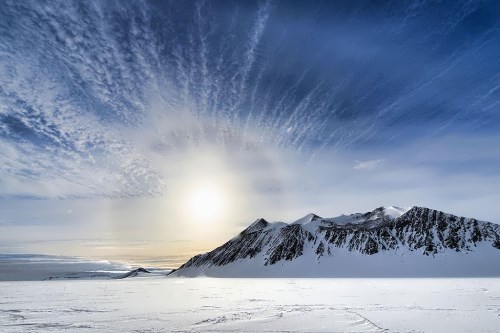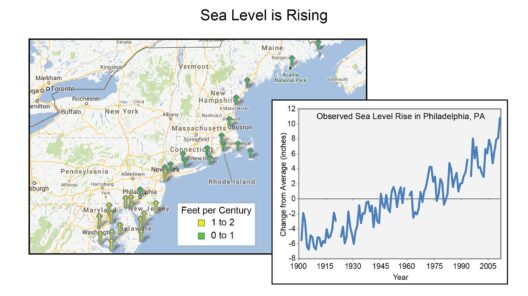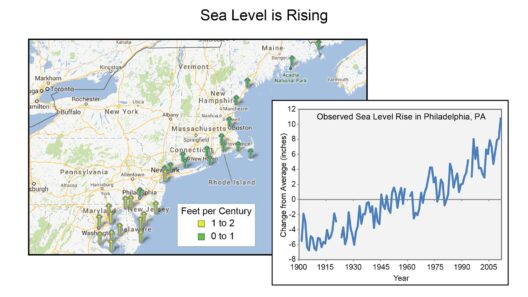The classification of climate is an intricate tapestry woven from myriad threads of temperature, precipitation, and atmospheric pressure, each playing its part in the grand narrative of our planet’s diverse ecosystems. Just as an artist selects hues to evoke emotion on a canvas, scientists categorize climates to better understand the myriad environmental factors that shape life. These classifications not only help describe the world we inhabit but also offer insights into the potential impacts of climate change on our delicate biosphere.
To embark on this exploration, it is essential to grasp that climate is fundamentally different from weather. While weather represents short-term atmospheric conditions, climate encompasses long-term patterns and averages. It is the overarching demeanor of a region—its personality, if you will—shaped over decades, centuries, or even millennia. The defining elements of climate include temperature (both average and extremes) and precipitation (the quantity and variability of moisture). Together, these factors forge distinct climate zones, akin to the varied strokes of an artist’s brush creating different shades and textures.
The most prevalent system for classifying climates is the Köppen climate classification, devised by the German climatologist Wladimir Köppen in the early 20th century. This system segments the world’s climates into five primary groups based on the interplay of temperature and precipitation. Think of Köppen’s system as a maestro conducting a symphony, where each section of instruments represents a climate type, harmonizing together to create a complex environmental landscape.
Initially, the Köppen classification delineates the tropical climates, resonating with warmth and lush biodiversity. These climates, categorized as “A” types, are characterized by abundant rainfall and minimal temperature fluctuations, creating an idyllic environment for thriving ecosystems. Within the tropical realm, examples such as the Amazon Rainforest or the Congo Basin are monumental in their lushness, resonating with vibrant life. The heat here is relentless, akin to a furnace, nurturing the most biodiverse ecosystems on Earth.
Transitioning from the warmth of the tropics, we encounter the dry climates, classified as type “B.” Arid and semi-arid regions, like the Sahara Desert and the American Southwest, paint a stark contrast to their tropical cousins. These climates evoke images of barren sand dunes and resilient flora and fauna adapted to survive in conditions where rainfall is a rare gift. The scarcity of water here crafts a landscape that is both formidable and breathtaking, revealing how life can flourish in adversity.
The temperate climates, labeled as “C” types, serve as the middle ground where a balance is struck between warmth and moisture. These regions experience distinct seasonal variations, fostering diverse ecological niches. Think of the deciduous forests of North America or the Mediterranean coast—areas that pulsate with life as they cycle through the rhythms of nature, showcasing a kaleidoscope of colors as seasons shift. This climate type emphasizes the intrinsic relationship between organisms and their environment, showcasing adaptation and resilience.
Further along the classification spectrum lies the polar climates, denoted as “E” types, representing the frigid extremes of our planet. In these regions, such as Greenland and Antarctica, the cold reigns supreme, and life is minimalist yet profound. The harsh, icy landscapes evoke a sense of stark beauty, where resilience becomes a hallmark of survival. It is here that one contemplates the fragility of life amidst the vast expanse of ice—nature’s reminder of its power and the delicate balance we must maintain.
Completing the classification are the continental climates classified as “D” types, which often manifest with substantial variability. Regions experiencing harsh winters and sweltering summers, such as parts of Russia and Canada, showcase another facet of Earth’s climatic diversity. This climate type drives the notion of extremes, where the human experience is punctuated by the stark contrasts of the seasons. It offers a unique perspective on how communities adapt to seasonal rhythms, impacting agriculture, architecture, and lifestyle.
The collective understanding of climate zones is not merely academic; it plays a crucial role in addressing pressing issues such as climate change. As the climate warms, the delicate boundaries between these zones are shifting, resulting in unpredictable consequences. Changes in precipitation patterns and temperature extremes compel ecosystems to adapt or face extinction, challenging the resilience of species. The interconnectivity of these climate zones underscores the urgency with which we must address climate change, as impacts in one region can reverberate globally.
Moreover, recognizing climate zones is indispensable for sustainable development, agriculture, and urban planning. These classifications assist in determining suitable crops, understanding water resource management, and developing strategies for disaster preparedness. Just as an architect must know the characteristics of a site before designing a structure, policy-makers and scientists must acknowledge climate distinctions to forge pathways toward a more sustainable future.
In essence, the science behind climate classification is akin to unlocking a treasure chest of knowledge that holds keys to understanding not just our present but also the potential trajectories of our planet. The unique appeal of climate classification lies in its ability to foster a deeper appreciation for the delicate balance of our ecosystems and the urgent necessity of stewardship. As we navigate the complexities of climate change, the classifications serve as both a map and a compass, guiding our actions towards a sustainable future.
It is imperative that we nurture our understanding of climate, for it is the foundation upon which all life thrives. The tapestry of global climates tells a story—a story of resilience, adaptation, and the interwoven fates of all living things. As we engage with this narrative, we must remain vigilant stewards of our environment, ensuring that future generations inherit a planet not just of climates but of vibrant life.







